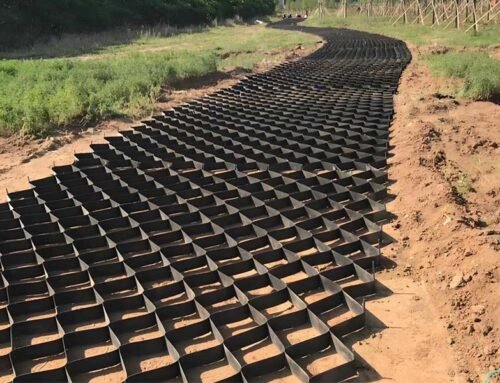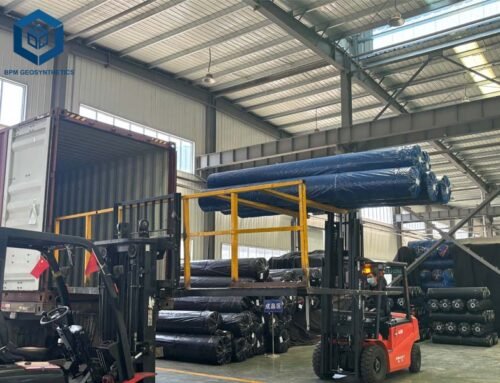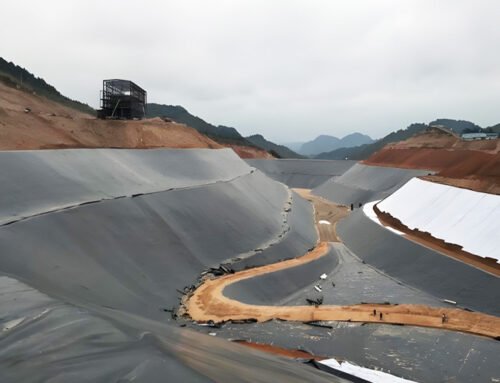Large pond liners serve as impermeable gemembranes specifically designed for the containment and management of water in various water-related applications, including ponds, lakes, reservoirs, and other water containment systems. These specialized liners play a pivotal role in preventing water seepage, maintaining optimal water levels, and safeguarding the surrounding environment. The selection of an appropriate pond liner holds paramount importance when dealing with expansive water bodies, as it directly influences the longevity and efficiency of water containment measures. High-Density Polyethylene (HDPE) is often considered better than Low-Density Polyethylene (LDPE) for large pond liners due to several key advantages that make it well-suited for such applications. Let’s explore these key advantages in detail.
1 Raw Material Composition
High-Density Polyethylene (HDPE) and Low-Density Polyethylene (LDPE) are two distinct types of polyethylene with different molecular structures, leading to variations in their properties and applications.
1.1 High density polyethylene (HDPE)
Polyethylene with a density between 0.941 and 0.965 is called High Density Polyethylene. High-density polyethylene is produced by a low-pressure method, so it is also called low-pressure polyethylene. There are two production methods: liquid phase method and gas phase method. Liquid The phase method also includes solution method and slurry method.
1.2 Low density polyethylene (LDPE)
Polyethylene with a relative density of 0.910-0.925 is called low density polyethylene, while polyethylene with a density between low density and high density is called medium density polyethylene. On the contrary, polyethylene with a relative density lower than 0.910; It has also come out as very low density polyethylene (VLDPE), and there are even those with a relative density less than 0.900. It is also called ultra-low density polyethylene (ULDPE) abroad.
2 HDPE vs LDPE Pond Liner
2.1 What is HDPE Pond Liner?
The HDPE pond liner is a type of HDPE geomembrane liner made from high-density polyethylene resin, which is a durable and flexible material with excellent chemical resistance and impermeability properties.
It is can be used for the purpose of lining ponds, lakes, and various water containment structures. Utilizing a specialized extrusion process, HDPE Pond Liners are created in the form of extensive sheets or rolls, providing versatile options for installation. These liners are offered in diverse thicknesses, typically spanning from 0.5mm to 3mm or more, catering to the specific demands of individual projects.
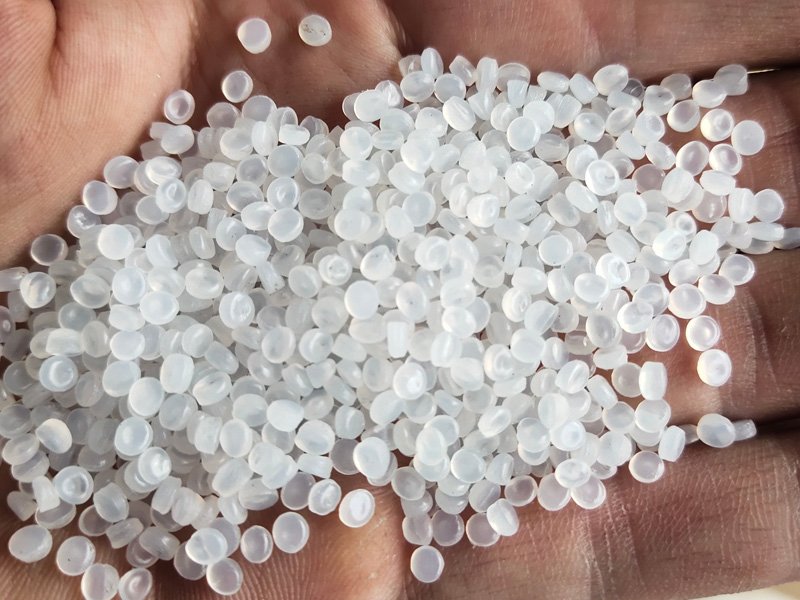
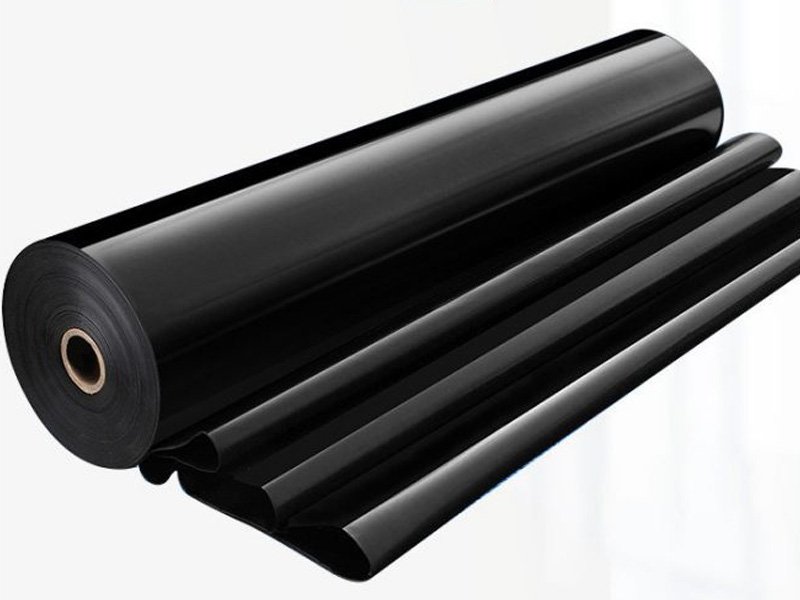
2.2 What is LDPE Pond Liner
LDPE pond liner is type of LDPE geomembrane liner specifically designed for lining ponds, water gardens, and other water containment applications. LDPE is a flexible plastic material with low density, which gives it certain characteristics suitable for pond liner applications.
LDPE Pond Liners are manufactured using a similar extrusion process as HDPE liners, but with a different type of polyethylene resin. They are available in various thicknesses, typically ranging from 0.3mm to 2mm or more, depending on the specific requirements of the project.
2.3 Comparison of Specifications between LDPE and LHDPE Pond Liner
| No | Specifications | LDPE Pond Liner | HDPE Pond Liner |
| 1 | Thickness (mm) | 0.2-3.0 | 0.2-3.0 |
| 2 | Width (m) | 2.5-9.0 | 2.5-8.0 |
| 3 | Tensile strength (vertical and horizontal) (Mpa) | 214 | 217 |
| 4 | Elongation at break (length and width) (%) | 2400 | 2450 |
| 5 | Right angle tear strength (N/mm) | 250 | 280 |
| 6 | Water vapor permeability coefficient (g.cm/cm2.s.pa) | <1.0*1.0 | – |
| 7 | Operating temperature range | +70°C–70°C | – |
| 8 | Carbon black content (%) | – | 2.0-3.0 |
| 9 | Environmental stress cracking resistance (F) | – | 21500 |
| 10 | 70°C low temperature impact embrittlement properties | – | pass |
3 Why HDPE is Often Better Than LDPE for Large Pond Liners
Why HDPE is often better than LDPE for large pond liners? When comparing HDPE vs LDPE pond liners to explain why HDPE is often better than LDPE for r large pond liners, there are several key differences to consider. These differences relate to their material properties, performance, and suitability for different applications.
3.1 HDPE Features Superior Strength and Durability than LDPE
HDPE surpasses LDPE in molecular weight and density, resulting in superior strength and durability. These attributes make HDPE particularly advantageous for large pond liners, especially those covering expansive surface areas. The enhanced durability of HDPE significantly reduces the likelihood of punctures, tears, and other forms of damage, ensuring long-lasting and reliable water containment in large-scale pond applications.
BPM raw materials are all imported from Saudi Arabia and Qatar, using 100% virgin materials to ensure good quality and reliability from the production source.
3.2 HDPE Exhibits high Tensile Strength Than LDPE for Large Pond Liners
When selecting large pond liners, HDPE demonstrates notable tensile strength, which plays a critical role in withstanding the diverse stresses imposed on the liner. Factors such as water pressure and ground movement can exert considerable forces on the liner, making high tensile strength a crucial attribute. The ability of HDPE to endure tension is vital for preserving the structural integrity of the liner, ensuring its ability to withstand external pressures and maintain effective water containment in large pond applications.
During the production process, BPM strictly follows the ASTM GM13 standard, strictly controls the uniformity of thickness, and randomly selects samples for testing at regular intervals to ensure the tensile strength of the HDPE pond liner.
3.3 HDPE Features Better UV Resistance Than LDPE
Compared to LDPE, HDPE exhibits superior resistance to ultraviolet (UV) radiation. This attribute is particularly advantageous for large pond liners that are frequently exposed to sunlight for extended periods. HDPE’s enhanced UV resistance helps mitigate the effects of UV radiation, reducing the risk of degradation and prolonging the service life of the liner. By maintaining its integrity and performance over time, HDPE ensures reliable and durable water containment in large pond applications, even under prolonged exposure to sunlight.
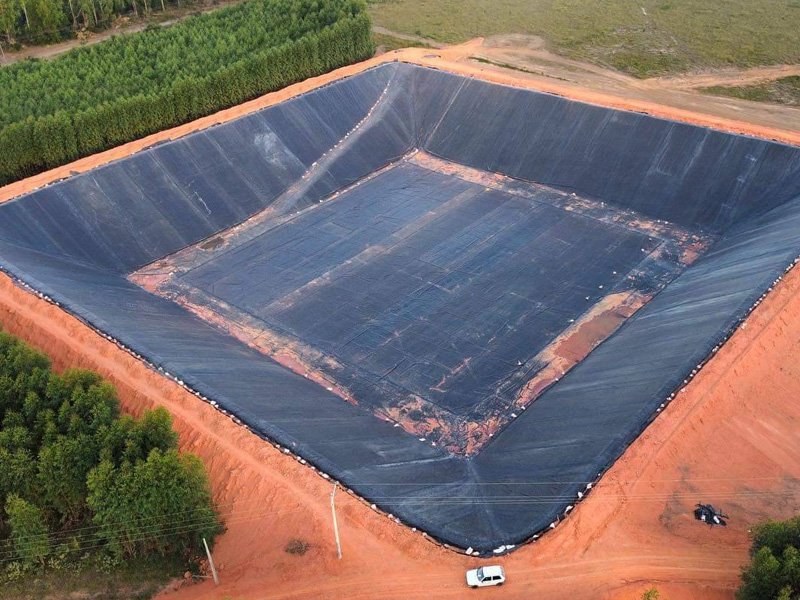
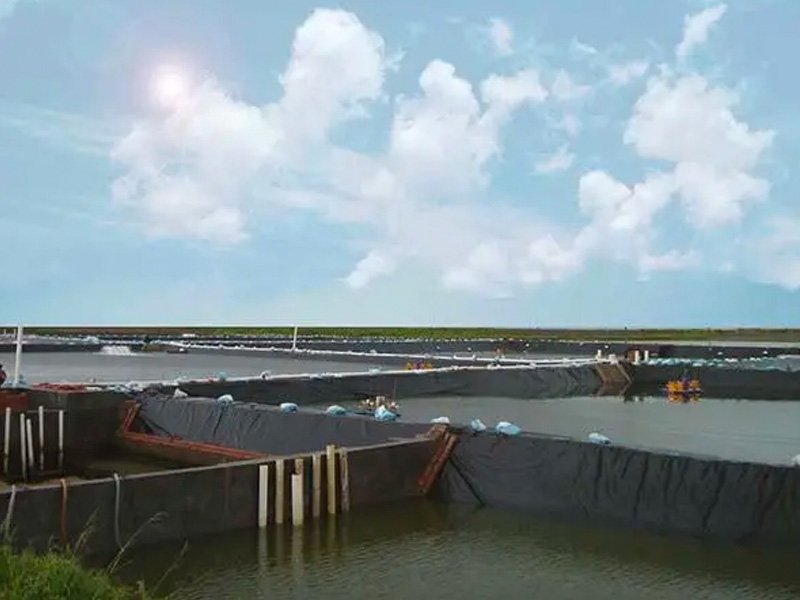
3.4 HDPE Has Excellent Chemical Resistance Than LDPE
The excellent chemical resistance of HDPE makes it highly suitable for large pond liners that may come into contact with diverse water treatments, agricultural runoff, and other potential contaminants. HDPE’s ability to withstand a wide range of chemicals ensures that the liner maintains water quality by preventing the migration of harmful substances into the pond. This chemical resistance is crucial for the long-term effectiveness and integrity of the liner in large pond applications, safeguarding the ecosystem and supporting the desired water quality standards.
In the production process of HDPE pond liner, optimizing process parameters can also improve their chemical resistance. For example, controlling parameters such as production temperature, extrusion speed, and pressure can obtain a more uniform and dense hdpe pond liner structure, improving its chemical corrosion resistance performance.
3.5 HDPE Shows Temperature Stability Than LDPE for Large Pond Liners
The strong thermal stability of HDPE makes it an ideal choice for large pond liners in various climatic conditions. HDPE exhibits remarkable stability across a wide range of temperatures, ensuring that the liner maintains its structural integrity and functionality. This thermal stability is crucial for preventing deformation, warping, or damage that may occur due to extreme temperature fluctuations. By withstanding temperature variations, HDPE ensures reliable and long-lasting performance of large pond liners, regardless of the climatic conditions they are exposed to.
Adding antioxidants to the formulation of HDPE during the BPM manufacturing process to improve the temperature stability of the membrane. At the same time, controlling the processing temperature is very important in the process of manufacturing HDPE pond liner. Excessive processing temperature may cause pond liner decomposition or degradation. Therefore, ensure that the HDPE pond liner is processed within the appropriate temperature range and follow the processing instructions provided by the manufacturer.
3.6 HDPE is More Environmentally Friendly Compared to LDPE
HDPE is more environmentally friendly compared to LDPE. The extended lifespan of HDPE contributes to its sustainability, as it minimizes the frequency of liner replacements and reduces waste generation. By requiring fewer replacements, large pond liners made from HDPE contribute to resource conservation and lower overall environmental impact. This aligns with the growing emphasis on environmental considerations in large-scale projects, making HDPE an environmentally conscious choice for sustainable water containment in large pond applications.
4.Conclusion
In summary, HDPE is the preferred choice for large pond liners due to its exceptional strength, durability, UV resistance, and chemical resistance. These key attributes ensure the reliability and long-term performance of the liner in effectively managing large bodies of water. The superior strength and durability of HDPE enable it to withstand various stresses and environmental factors, such as water pressure, ground movement, UV radiation, and exposure to chemicals. By offering reliable water containment, HDPE liners contribute to the successful management of large ponds, ensuring their integrity and functionality over an extended period.
BPM Geosynthetics manufactures and wholesales high quality HDPE pond liner for large ponds at competitive factory price. If you have any questions or inquiries, please contact us.
Thank you for reading.

